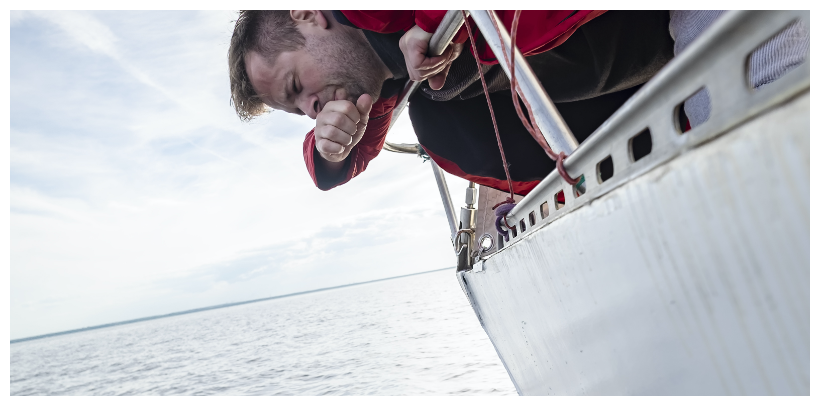Dealing with seasickness
Concerned about someone getting seasick while out on a boat? Here are 10 tips on avoiding mal de mer and what to do if things get tricky.


1. Eat Well
If you or someone aboard gets sweaty and nauseous at the first sign of a boat wobble then forgo the heavy night out on eve of passage and decline the greasy English breakfast. Do though have something sensible to eat and ensure you are hydrated.
2. Medicine and Patches
There are effective motion sickness medicines and patches your chemist can advise on. Some sufferers find relief by wearing seasickness bands that apply pressure to the wrist. Treatments that help alleviate symptoms need to be taken in advance of travel, according to advice.
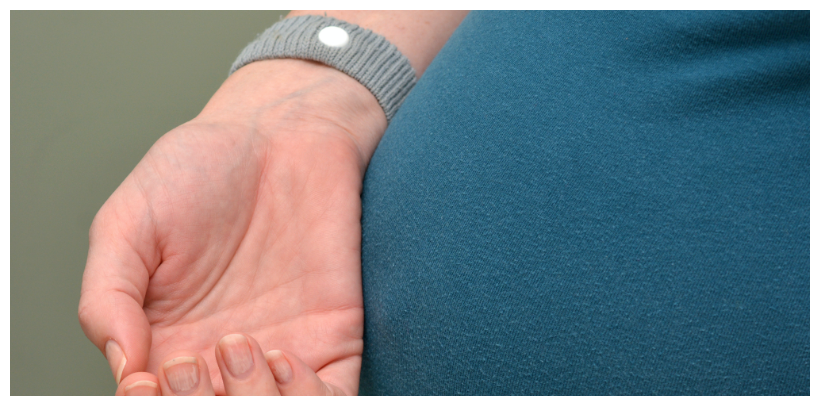
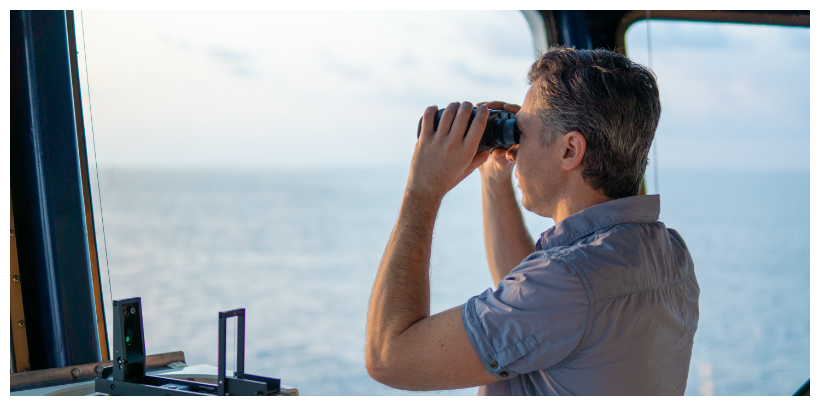
3. Avoid unnecessary risks
Think about how you can make your plan less stressful. For example, never let your route get too close to unlit buoys and rocks. Choose deeper water if possible to reduce the likelihood of encountering fishing gear. Cross busy shipping routes at 90-degrees even if unregulated, to minimise the time you will be placed in potential conflict. On faster boats consider running at a slower speed than normal. At even 20 knots you are covering 10.3 metres (33ft) every second; you significantly improve your chances to respond to issues the slower you go, even if it takes longer. For very early morning departures you can run a hybrid plan leaving at slow speed and anticipating the opportunity to run faster from around an hour before sunrise.
4. Experiment
Find out how your crew best deal with seasickness. Maintaining focus on the horizon can help the brain stay synched with the motion. Others find it’s actually better to close their eyes – in that case find them a safe space to curl up and snooze their way through a passage.

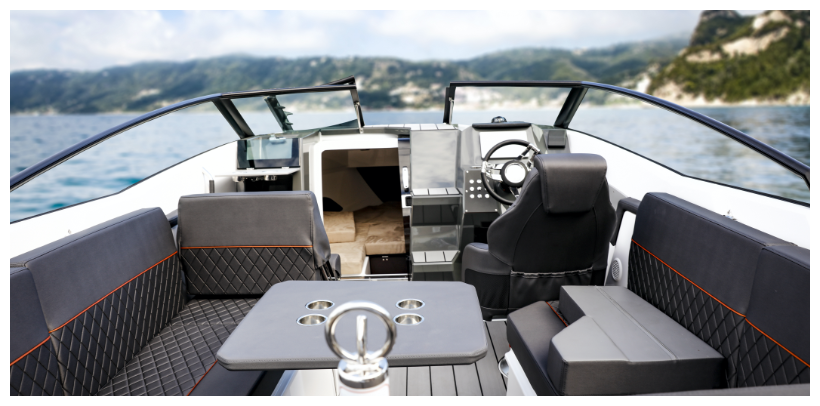
5. Pick the right place
Give any seasick-prone crew first choice of seating. Ideally towards the middle of the boat and lower down will keep motion effects to a minimum. Most will prefer open air but don’t put them right aft in the boat where exhaust smells may be a trigger. Ensure they are not too exposed to the sun or likely to get cold.
6. Offer distraction
Let’s say you’ve invested in a full suite of Simrad® marine electronics and can let the boat manage itself under your supervision. Good tactics normally, but having something to focus on is one of the best ways of avoiding getting wobbly in the first place. Try putting a seasick-prone crew member at the wheel, turning off the autopilot and explaining how they can steer the course using the electronic charts and course to steer displays. Perhaps put someone else on radar watch and have them keep an eye on depth readings.
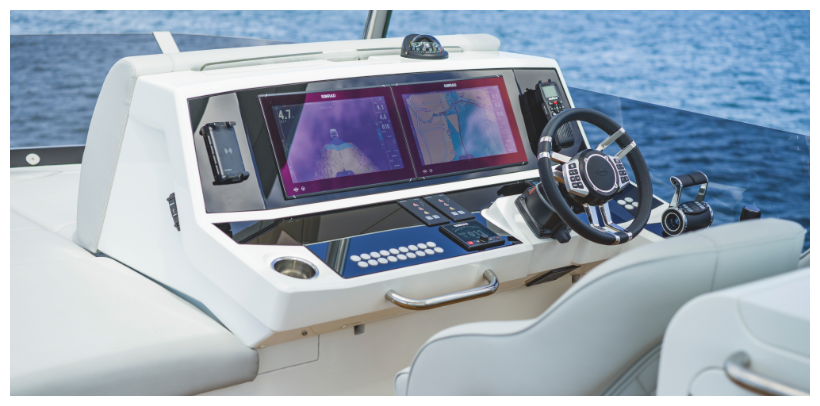

7. Avoidance and symptom relief
Avoiding nausea for some can be as simple as chewing gum or sucking on a mint. Ginger is a common choice to settle the stomach. If that arrives in the form of a ginger biscuit or cake then that’s a little useful extra ballast for the stomach to stop hunger pangs getting mixed into the equation.
8. Be Flexible
Don’t stick rigidly to your plan, but use the flexibility of your marine electronics to safely adjust speed or course in order to change the way your boat is moving. Seasickness is often prompted by a set rhythmic pattern – by altering that you might well help matters.
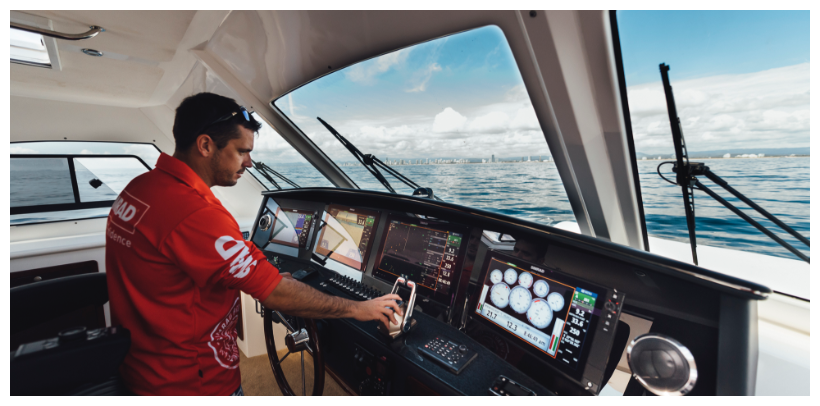

9. Stabilise your boat
If boat size and budget permit, consider installing a stabiliser system. There are two predominant types – either a gyro fitted internally that works a little like a child’s spinning top to stabilise roll and pitch, or external fins that move. Many systems now work equally well at anchor and Simrad® systems can provide the data they need.
10. Prepare for the worst
If all else fails, ensure your green-faced crew member feels as comfortable as they can be and able to respond to the need to be sick without the second thought they won't have time for. Make a bucket available, to avoid leaning over the side and keep them secure, warm and hydrated with water if at all possible.
